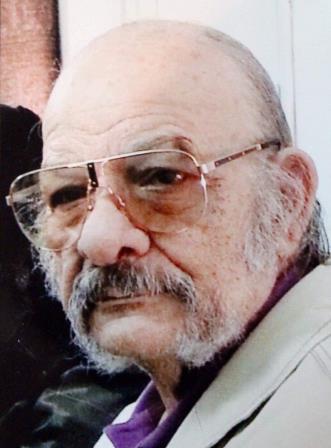
•Color is the vision in his paintings. He, patiently uses colors to express the daily life of themarginalized groups. He is concerned with the logic of the artistic value rather than the logicof the reality. Using dark colors between brown and green, as in the old rustic statues, Elfekey expresses his concepts in a philosophical, surrealistic way.
•His artisticStyle bears the features of impressionist vision in the early stage of his career. Mostafa Elfekey has a very specific artistic vision/version that focuses on the humanisticaspect of life.
•Figures in Elfekey’s paintings are blurred without clear features as if they are in a Sufiworld. Figures are iconic ones that they are recalled from an ancient time to be witness on our contemporary, contradictory world. Artworks contain such a fading face, bodies which make us ask “Who are those?”, “and for which time they are belonged, and what are they talking about?And what are they thinking of?What are their destinations?”. The answers for these questions are found in Elfekey’s paintings.
•At the end of the twentieth and the outset of the twenty- first centuries, figures were absent in his artworks. He has focused on the spiritual relations, feelings, and the beauty-values.
•His artworks emerged from the visual memory of places in Egypt, this realistic vision drawsaptly ancient Egyptians with their homes, streets, districts, asAssyida Zienb, El-Metwali'sGate, El-Ghorria, El-Azhar, El-Hussein, Souk El-Naseria, El-sultan Hassan's Mosque and many places that are surrounded with secrets and tales. These places are drawn by tools of creativity; imagination, of actualizing his ideas aptly on the white space.
•Mostafa Elfekey rotates from artisticschool to another through his long and rich journey in the artistic world, but the realistic impressionism is still his favorite way to actualize hisideas. Ibis school enabled Elfekey to go deeper in the Egyptian and Arabic collectivememory.
•Although his paintings are characterized by reduction, it is such a kind of reduction thatnever overlaps the core of thescene. He is still such the creative child, who never change, still looking at the world with that investigating and discovering look that is lost through pressure of living.
